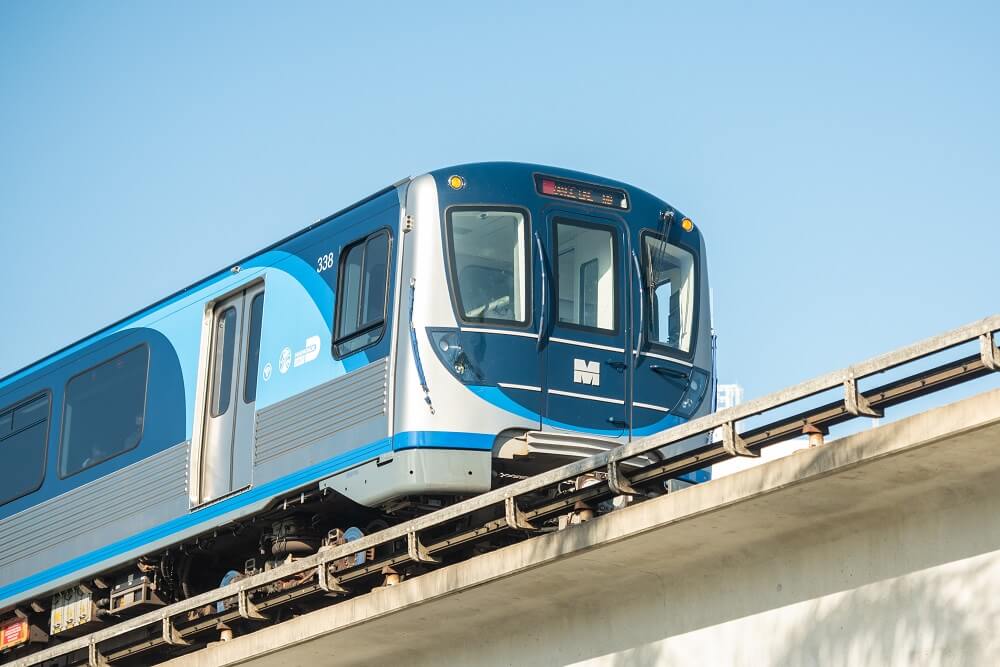Planning for Metrorail, Miami-Dade Transit’s urban heavy rail system, began in 1958. Originally intended to be an over 50-mile system that would carry hundreds of thousands of riders across several lines – not unlike similar systems later built in Atlanta and Washington, D.C. – Metrorail was delivered in 1984 as a much smaller single-line, mostly elevated system.
Most recently, Metrorail was expanded to reach Miami International Airport in 2012 via a new Orange Line that runs from that station to Dadeland South. While no other Metrorail expansions have been made since then, Miami-Dade Transit has continued to invest in the system by replacing all original rail cars from its 1984 opening with modern, more comfortable, and efficient vehicles, and has made other infrastructure improvements along the line. Metromover’s vehicles were similarly replaced in 2014.
In 2002, Miami-Dade County voters approved a one-half percent local surtax with the purpose of improving, among other things, rapid transit corridors within the County through a People’s Transportation Plan (PTP). The Citizens Independent Transportation Trust (CITT), which administers surtax funds, and the Miami-Dade Transportation Planning Organization (TPO) are committed to implementing the PTP, including advancing as “highest priority” the development of rapid transit corridors and transit supportive projects for the County. In April 2016, the TPO Governing Board officially adopted and endorsed the Strategic Miami Area Rapid Transit (SMART) Plan. The SMART Plan advances six of the PTP’s rapid transit corridors, along with a network system of Bus Express Rapid Transit (BERT) service. These corridors, which could feature rail service, are:
- Beach Corridor, running from Midtown Miami to the Miami Beach Convention Center
- East-West Corridor, running from the Miami Intermodal Center at Miami International Airport to Florida International University’s main campus in Sweetwater
- Kendall Corridor, running from Dadeland-area Metrorail stations to Krome Avenue
- North Corridor, running from the Martin Luther King Jr. Plaza Metrorail station to NW 215 Street
- Northeast Corridor, running from Downtown Miami to Aventura
- South Dade TransitWay, running from the Dadeland South Metrorail station to the SW 334Street Transit Terminal in Florida City
SMART Plan implementation includes evaluating the costs and benefits of bringing different modes (e.g. bus-rapid transit, light rail such as Metromovers and monorails, and heavy rail such as our existing Metrorail) to these corridors. We are committed to continuing to advocate for a system that brings rapid transit to each of the six SMART Plan corridors, including rail, where this is the most favorable option that brings the greatest amount of benefit to residents and businesses in these communities in the long term.

